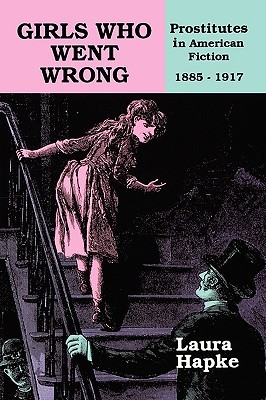
- We will send in 10–14 business days.
- Author: Laura Hapke
- Publisher: University of Wisconsin Press
- ISBN-10: 0879724749
- ISBN-13: 9780879724740
- Format: 15.2 x 22.9 x 1.2 cm, minkšti viršeliai
- Language: English
- SAVE -10% with code: EXTRA
Reviews
Description
The period 1885 to 1917 saw thousands of American crusaders working hard to "save the fallen women," but little on the part of American social protest writers. In this first work on the subject, Laura Hapke examines how writers attempted to turn an outcast into a heroine in a literature otherwise known for its puritanical attitude toward the fallen woman. She focuses on how these authors (all male) expressed late-Victorian conflicts about female sexuality. If, as they all maintained, women have an innate preference for chastity, how could they account for the prostitute? Was she a sinner, suggesting the potential waywardness of all women? Or, if she was a victim, what of her "depravity"?
EXTRA 10 % discount with code: EXTRA
The promotion ends in 22d.13:54:08
The discount code is valid when purchasing from 10 €. Discounts do not stack.
- Author: Laura Hapke
- Publisher: University of Wisconsin Press
- ISBN-10: 0879724749
- ISBN-13: 9780879724740
- Format: 15.2 x 22.9 x 1.2 cm, minkšti viršeliai
- Language: English English
The period 1885 to 1917 saw thousands of American crusaders working hard to "save the fallen women," but little on the part of American social protest writers. In this first work on the subject, Laura Hapke examines how writers attempted to turn an outcast into a heroine in a literature otherwise known for its puritanical attitude toward the fallen woman. She focuses on how these authors (all male) expressed late-Victorian conflicts about female sexuality. If, as they all maintained, women have an innate preference for chastity, how could they account for the prostitute? Was she a sinner, suggesting the potential waywardness of all women? Or, if she was a victim, what of her "depravity"?


Reviews